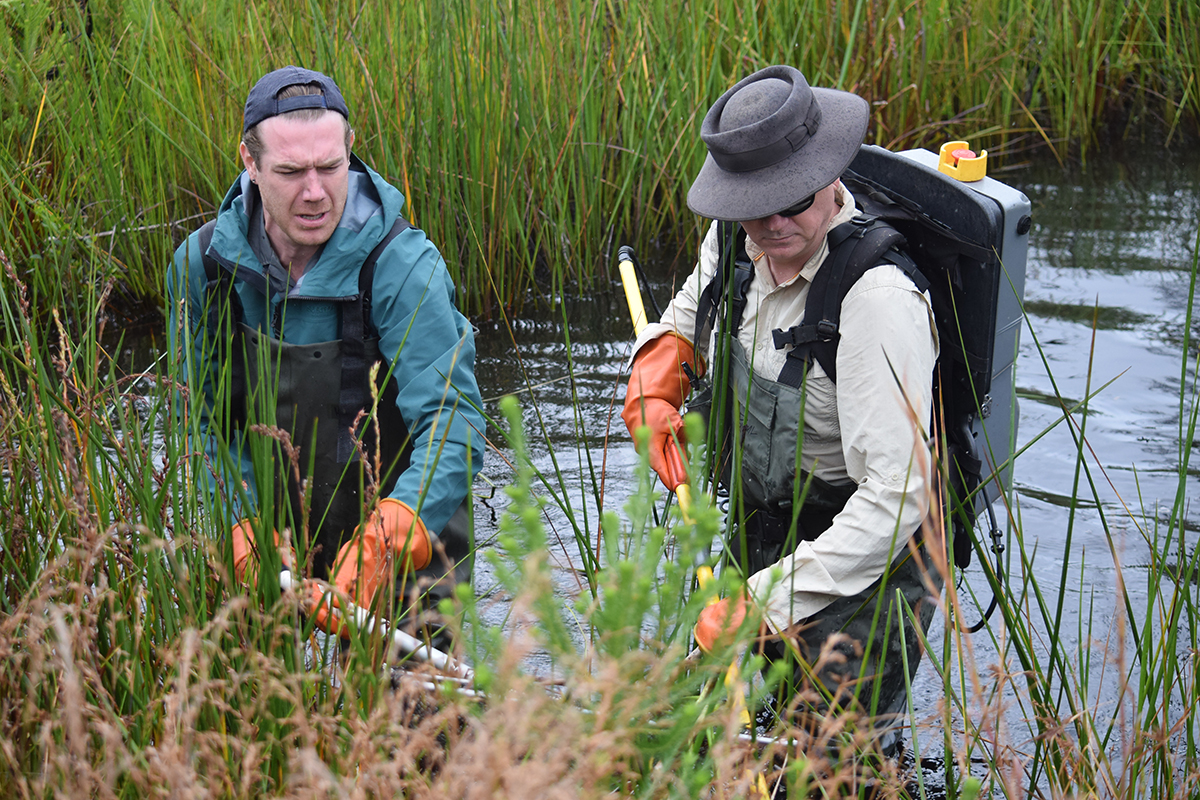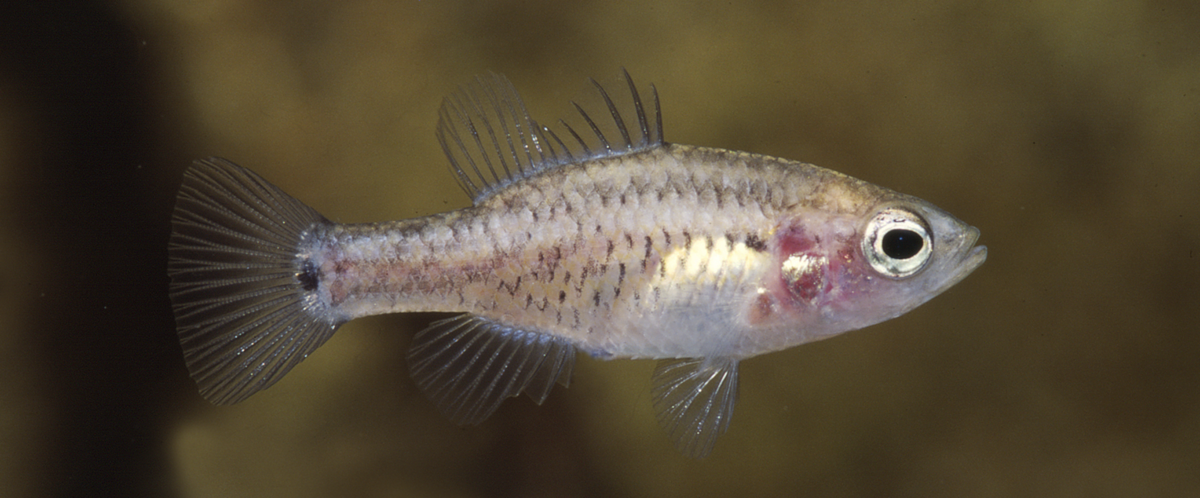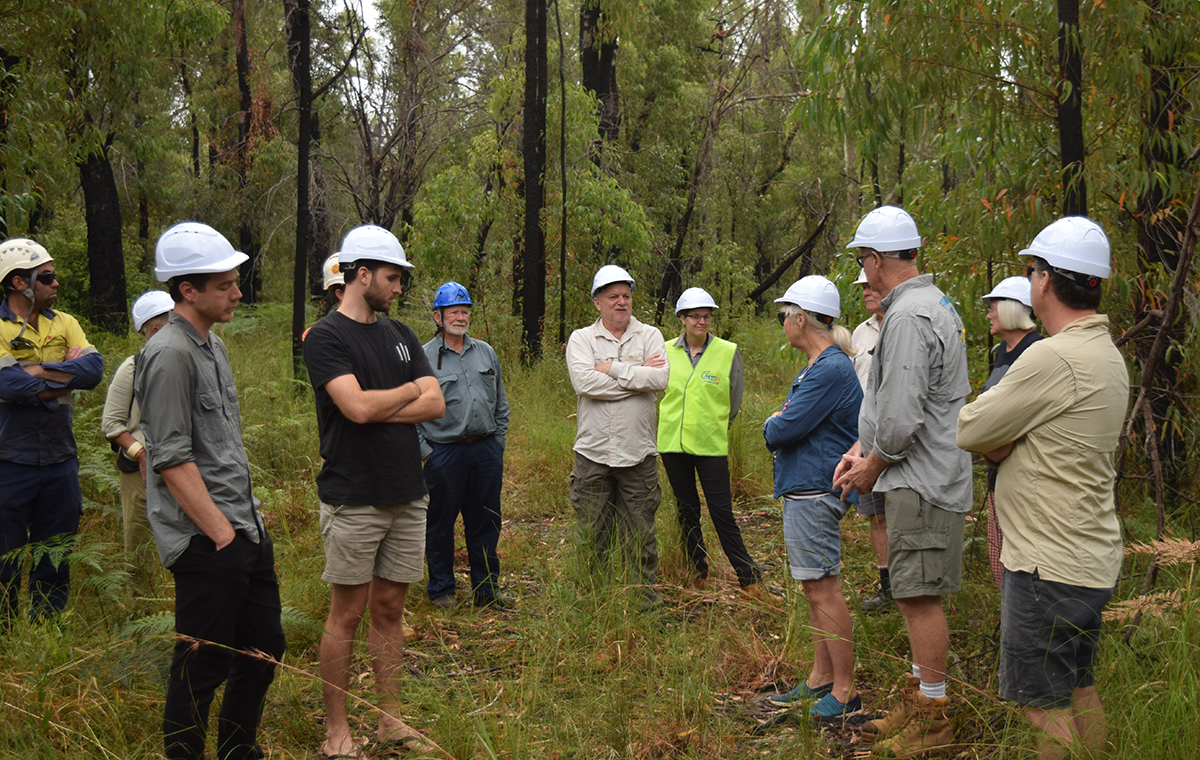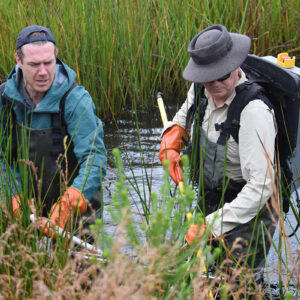9 JUNE 2021 | OzFishers Help Revive Oxleyan Pygmy Perch Habitat After fires
OzFish and Landcare Australia has given a leg up for a little-known endangered fish in Northern NSW, the Oxleyan Pygmy Perch (OPP), which had its home impacted by the catastrophic 2019/2020 Black Summer bushfires in Northern New South Wales. Bushfires and recent flooding had dramatically impacted the home of the OPP. The two groups are now working to protect and restore lost habitat for the small-bodied fish within the region to give it every chance of survival. Problems such as overgrown woody weeds, erosion, and the decimation of old-growth trees brought on by the disasters has seen one of the last remaining healthy breeding grounds for the OPP struggle to revive.







